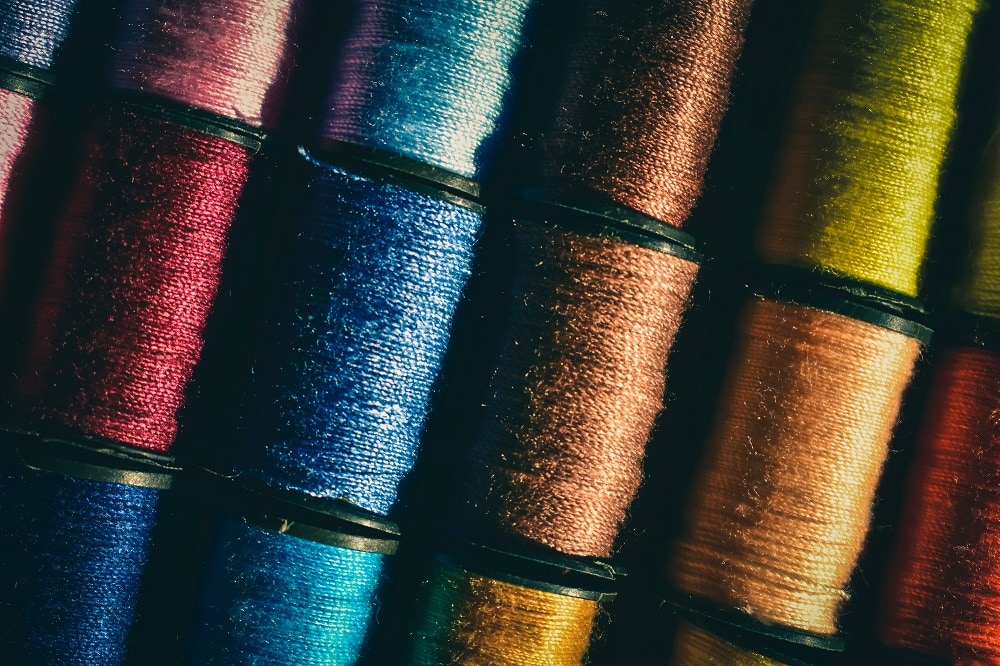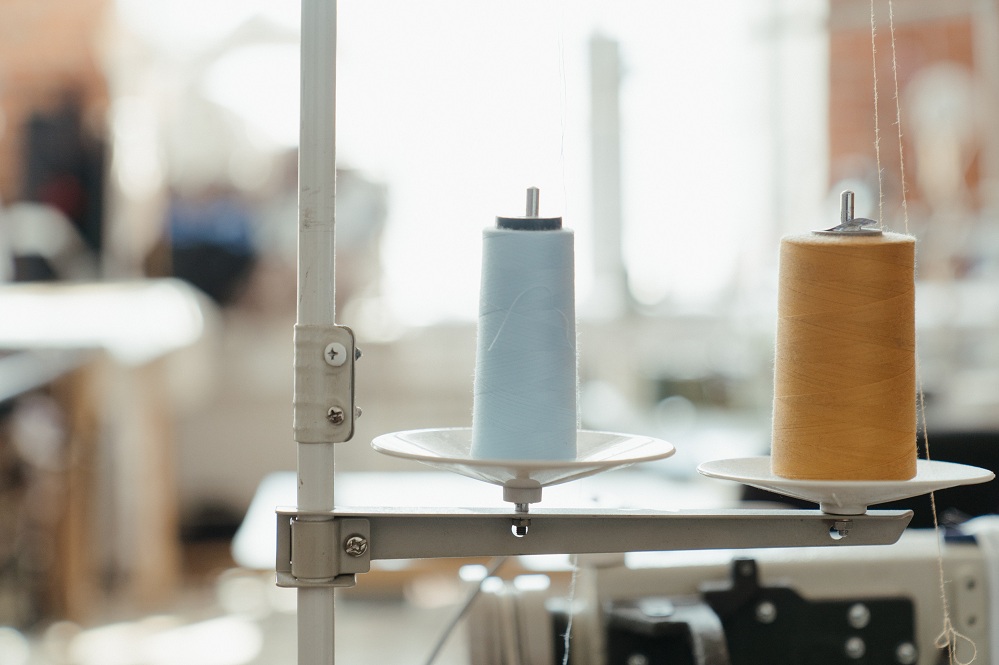
Want to buy cotton yarn in Ludhiana? Quality is an important factor. Each cotton bale comes with unique fibre properties. You can identify these properties with a combination of instrument evaluations using High Volume Instrument. It is important to gather this information as it is required while marketing the bale for sale and in textile mills during processing.
Fibre Evaluation
HVI classification uses the following quality factors:
- Length uniformity index
- Staple length
- Micronaire
- Strength
- Colour
- Colour grade
- HVI trash
Length Uniformity Index
Cotton yarn evenness and strength depend on length uniformity. It also affects the spinning process efficiency. A low length uniformity index makes it difficult to process and leads to lower-quality yarn. Length uniformity index =mean length/upper-half-mean length
The HVI system has a length sensor that measures the mean length and upper-half-mean length. Cotton fiber has a natural length distribution. Cotton fibre has a higher length uniformity index with lower variation in the length distribution.
| HVI Length Uniformity Index (%) | Degree of Uniformity |
| Below 77 | Very low |
| 77-79 | Low |
| 80-82 | Intermediate |
| 83-85 | High |
| Above 85 | Very High |
Staple Length
Staple length is the average length of the spinnable fiber. Hand stapling is the traditional process of manually estimating the staple length. A cotton classer performs hand stapling. Today, HVI is used for calculating staple length. The following factors lead to short staple length:
- Water stress
- Extreme temperatures
- Nutrient deficiencies
- Insect pressure
- Excessive cleaning
- Excessive drying
Staple length affects the following in the spinning process:
- Yarn strength
- Yarn evenness
- Yarn efficiency
Micronaire
Fibre fineness and maturity is measured in Micronaire. It measures compressed cotton fibre’s air permeability. The fineness and maturity of fibre play an important role in fibre processing. Micronaire affects the following:
- Neps (knots of tangled fibre)
- Processing waste
- Spinning performance
- Dyed fabric appearance
- Yarn and fabric quality
You must match the fibre micronaire to the applications.
Strength
Genetics determine fibre strength. This is the reason why cotton variety is an important factor for fibre quality. Fibre strength also depends on the environment and crop management. HVI is used to measure fibre strength. Fibre strength is the force in grams that breaks a bundle of fibre in a tex unit in mass.
| Strength (grams per tex) | Description of degree of strength |
| 23 and below | Weak |
| 24-25 | Intermediate |
| 26-28 | Average |
| 29-30 | Strong |
| 31 and above | Very strong |
Colour and Color Grade
Cotton fibre colour depends on several factors. The following are the environmental factors that affect the colour of the cotton fibre:
- Freezes
- Rainfall
- Microorganisms
- Insects
The following are other factors that can affect colour:
- Grass
- Soil
- Leafy portion of the plant
When it comes to storage, the following factors affect colour:
- Temperature
- High levels of moisture
A cotton calorimeter is used for measuring cotton colour. The degrees of reflectance is used to express the colour. It ranges between 50 and 85 units. It indicates how grey or white the sample is. It also indicates yellowness. White cotton has higher degrees of reflectance.
HVI Trash
Cotton plant bark, leaf and other parts lead to trash particles in cotton fibre. In HIV instruments, a video camera is used to scan the surface of a sample. An image processing software is used to measure the percentage of surface that trash particles occupy.
So, these are the key quality factors for cotton yarn. Cotton yarn quality is important for the products you manufacture.


